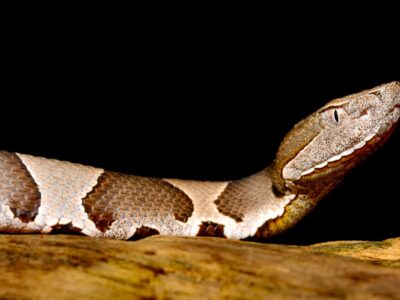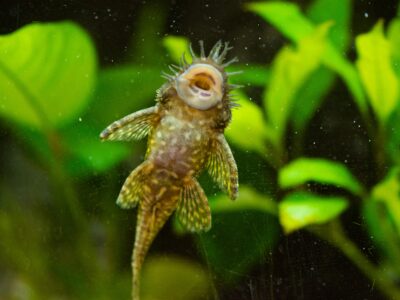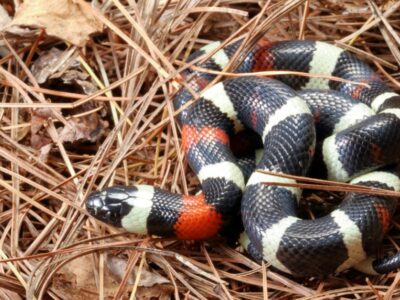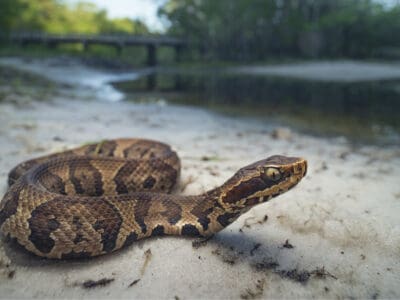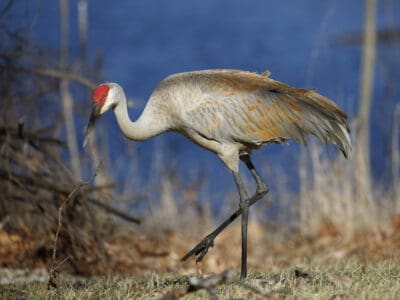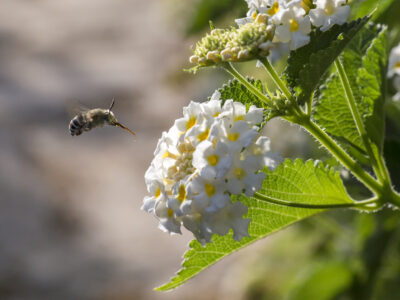Home to over 31 million people, Texas is one of the largest states in the country by both population and land mass. The colloquialism that “everything is bigger in Texas” is fitting, as it encompasses 268,597 square miles of terrain that varies from mountain forests to extensive coastline.
Texas has more than 800 different habitat types. This greatly diverse terrain gives rise to a tremendous variety of native and endemic wildlife. The list of Texas’s native and introduced animals includes 540 species of birds and 142 species of mammals, amphibians, and other animals.
Texas is proud to call itself “the battiest state in the nation.” It is home to 32 of the 47 species of bats native to the U.S.
Texas’ biggest predators, in terms of size, include cougars (mountain lions), and ocelots. However, the ocelot population is down to about 35 or fewer members living on the Mexican border, so they aren’t much of a threat. Black bears also exist in Texas in Big Bend country, particularly the national park, but they are also rare because there are only 30-40 bears left.
The alligator is a different story. Found in the coastal and bayou areas, it is one the largest animals in Texas. The state’s Parks and Wildlife Department says there are 400,000-500,000 alligators! Another big population of a large animal in Texas is that of the wild hog. There are 3 million of them spread across nearly every county, and they are a dangerous nuisance.
Some people worry about the 3,000-5,000 tigers in Texas, which is the most outside their native habitats. However, these tigers are all in zoos or sanctuaries or are privately owned as pets. In Texas, it is legal to have a pet tiger, but there is no database to keep track of them. Occasionally, one will escape, and that is a security problem. It’s the same story for pythons.
Camels were introduced to west Texas by the army in the late 1800s, but the experiment didn’t work, so the camels were sold. A few remained in the wild, but the last sighting was in 1941.
The next size of animals in Texas are common forest mammals like bobcats and badgers. Its larger rodents include pocket gophers, tree squirrels, porcupines, beavers, and nutria.
The state’s birds include doves, kestrels, finches, owls, and bald eagles. In the mountain areas, you’ll find river otters, flying squirrels, and hawks. The arid desert stretches are home to many of the world’s rarest amphibians and reptiles. The nine-banded armadillo, Texas rat snake, and short-lined skink lizard are some of the weird critters you will find there.
Texas is also home to some animals with odd names like the Northern black-bellied whistling duck, the Gulf stone crab and the Texas blind salamander.
Texas has over 350 miles of coastline. This includes South Padre Island, which is the world’s largest barrier island. The shoreline is home to many marine animals, including fiddler crabs, roseate spoonbills, alligators, sharks, and sea turtles.
The Official Animals of Texas
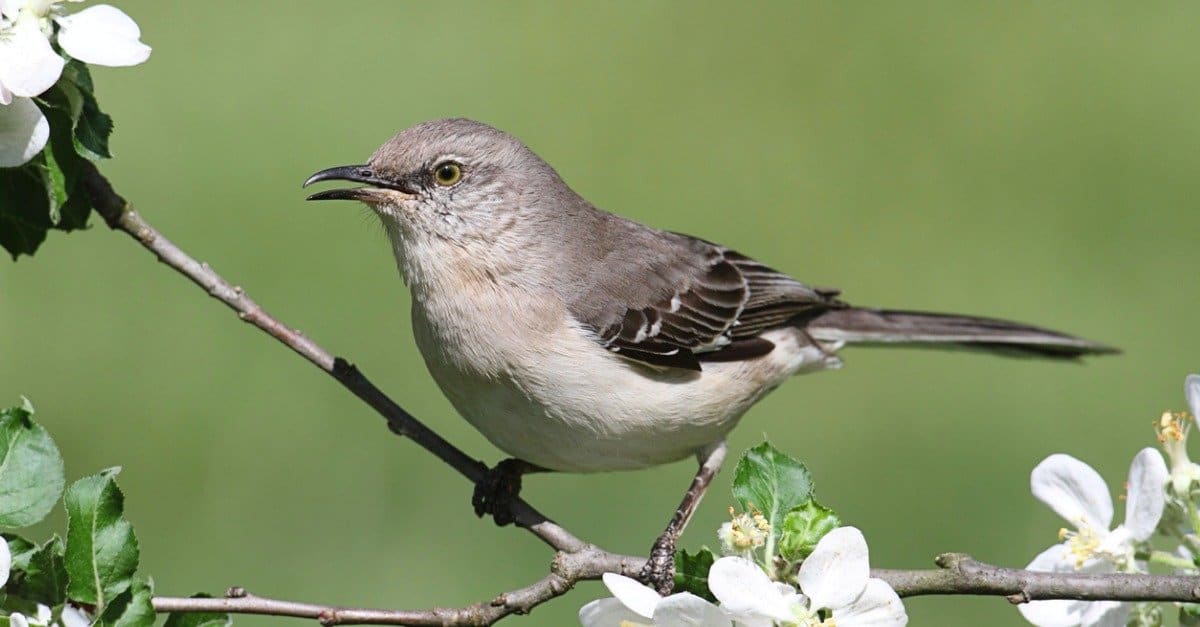
Northern mockingbirds have an uncanny ability to imitate the songs of other birds, thus the name.
©Steve Byland/Shutterstock.com
Texas has eight official state animals:
- The State small mammal is the Nine-banded armadillo: This strange, nocturnal animal (Dasypus novemcinctus) inhabits forests, grasslands and dry scrub deserts. It is the most widespread of the armadillo species and is listed as “least concern” for conservation status.
- The State large mammal is the Texas longhorn: This breed of cattle is famous for its long horns extending more than 10 feet across. Once a popular breed in Texas, longhorns fell out of popularity in the early 1900s. They were saved from extinction when biologists from the U.S. Forest Service established longhorn sanctuaries in Texas. Today, you can see them at various nature preserves throughout the state.
- The State flying mammal is the Mexican free-tailed bat: Sometimes called the Brazilian free-tailed bat, this medium-sized bat (Tadarida brasiliensis) is native to the Americas. Mexican free-tailed bats are abundant in North America, Central America, and parts of South America.
- The State bird is the Northern Mockingbird: Texas decided in 1927 that it would cement a special bond between the state and a beautiful feathered creature. The northern mockingbird (Mimus polyglottos) was officially declared the state bird. With its melodious songs, long tail, and legs, this medium-sized bird immediately captured the hearts of all Texans.
- The State fish is the Guadalupe Bass: One of the smaller black bass species, it has adapted to live in small streams in Central Texas. This fish typically reaches around 12 inches long, is relatively easy to catch, and is popular among sports fishermen.
- The State reptile is the Texas horned lizard: This reptile is known as the “horny toad.” It is flat-bodied with numerous prominent horns on its head. Brownish with two rows of fringed scales along each side of the body, it is the only species of horned lizard to have dark brown stripes that radiate downward from the eyes and across the top of the head.
- The State insect is the Monarch Butterfly: Known for their very distinct orange, black, and white coloring, this butterfly goes through four stages in its life cycle: egg, larvae, pupa, and adult. When they migrate in the fall, a Monarch Butterfly will travel thousands of miles. Eggs are laid on a food source, usually milkweeds, but that source is decreasing because of herbicides.
- The State dog is the Blue Lacy: These are athletic, energetic working animals, but also family-friendly. They are intelligent, easy to train, and have managed farm/ranch livestock since they were introduce in the mid-1800s by . Their sleek, clean coats are a blue-gray.
Where To Find The Top Wild Animals in Texas

Padre Island National Seashore
©Cheri Alguire/Shutterstock.com
Texas has many activities devoted to birding and wildlife watching.
Bird City Texas is a statewide program that encourages birders of all levels and in all parts of the state to create bird sanctuaries and feeding spaces. Wildlife and birding tours frequently take visitors to places where they can see egrets, tanagers, whooping cranes, kingfishers, green parakeets, chachalacas, elf owls, and many of the country’s rarest birds.
With more than 20 million roosting Mexican free-tailed bats, Bracken Cave Preserve, near San Antonio, is the largest bat colony in the world. Congress Avenue Bridge in Austin is the country’s largest urban bat colony. There are many official bat-watching sites in the state. There are many other places to see bats in Texas, including Clarity Tunnel in Caprock Canyons State Park and the Ecker James River Bat Cave Preserve.
Some of Texas’s bats include the Mexican long-nosed bat (Leptonycteris nivalis), big brown bat (Eptesicus fuscus), Western mastiff bat (Eumops perotis), and Southern yellow bat (Lasiurus ega).
Sea Turtle, Inc., is a sea turtle rescue in South Padre Island that was originally formed to preserve the Kemp’s Ridley sea turtle. The sanctuary now has a hatchling release program that is open to the public.
Prairie Dog Town is a sanctuary for black-tailed prairie dogs (Cynomys ludovicianus) that was established in 1936 by a Lubbock, Texas, man who was worried that nearby atomic poisoning would kill the rodents. The city has maintained the sanctuary ever since. Prairie dogs are considered a keystone species, meaning that many members of the same ecosystem depend on them for the proper ecological balance.
Tiger Creek Animal Sanctuary in Tyler, Texas, is a sanctuary for exotic big cats that were bought as pets and then abandoned, abused or neglected.
Laguna Atascosa National Wildlife Refuge is an ideal place to see birds and wildlife while hiking, swimming and biking.
What Wild Animals Can You Find in Texas?
You can find almost any type of animal you’re looking for. The list includes animals that are hard to see in other states, including alligators, sea turtles, and dolphins. It has some weird animals like the ghost-faced bat and the Texas horned lizard.
Texas is known for its big ranches. In fact, it has more cattle than any other state.
One of the rarest animals in Texas is the ringtail. Ringtails are about the size of a cat and have long, raccoon-like tails. These nocturnal animals are excellent at catching mice, and they were called “miner’s cats” because many miners adopted them as pets. The ringtails helped clear the mines of rats, and the miners kept the ringtails safe. Today, it is illegal to keep a wild ringtail as a pet.
Rarest Animals in Texas

Ocelot (Leopardus pardalis) also known as the Painted
Leopard
©Ana_Cotta, CC BY 2.0, via Wikimedia Commons – License
- A melanistic (black hair) mule deer fawn with a bit of white fur, described by Texas Parks and Wildlife as “a one-in-a-million anomaly” was seen in March of 2020 in the Trans-Pecos region of West Texas. A mule deer is normally brown and white. Finding this black-haired mule deer is like finding an albino among other species.
- Otherwise, the rarest animals in Texas include, of course, all the endangered species. Besides those listed by A-Z Animals, earth.org has a list of seven of the most endanged animals in Texas that includes: the Ocelot, Kemp’s Ridley Sea Turtle, Golden-cheeked Warbler, Whooping Crane, Texas Horned Lizard, Texas Kangaroo Rat, and Black Bears.
Largest Animals in Texas
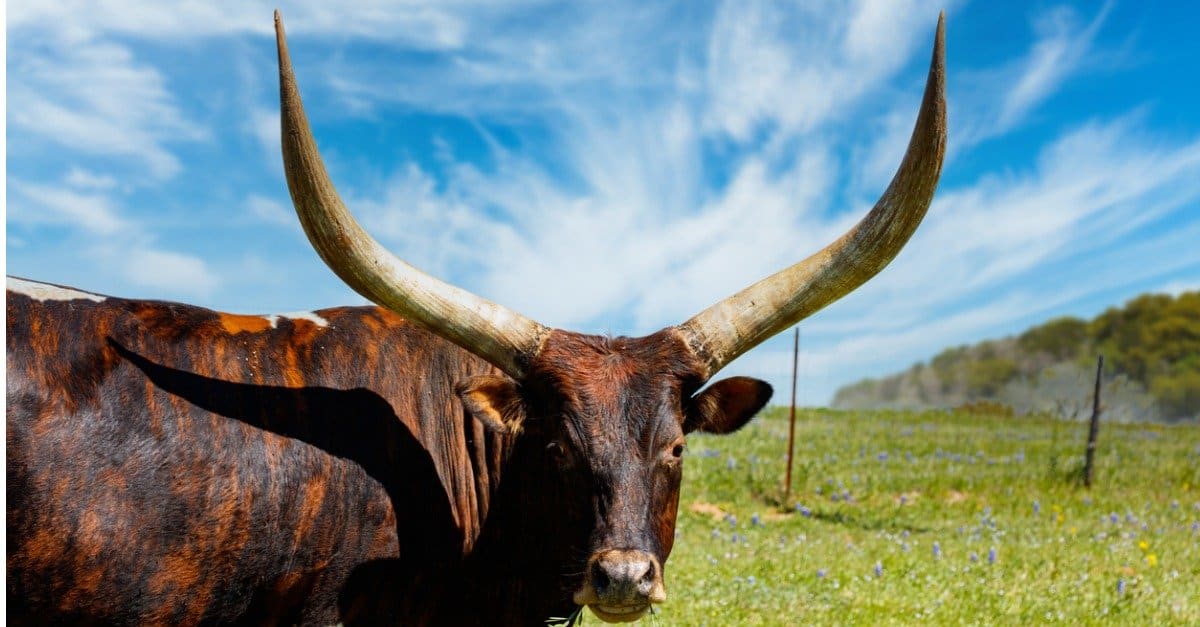
The Texas Longhorn is the state mammal and the largest mammal in Texas.
©iStock.com/RAUL RODRIGUEZ
- Largest fish: The alligator gar is the largest fish in the Texas river system and the largest member of the gar family. This giant fish reaches up to six feet in length and can weigh over 300 pounds, although it’s surprisingly passive and sluggish, given its frightening appearance. This torpedo-shaped fish is native to many rivers and lakes in the southern United States. It’s a living fossil with a swim bladder lung that helps supplement its gills and allows it to breathe air, which is why the alligator gar can be found in waters that would kill other fish through suffocation.
- Largest snake: The prize for the largest snake in Texas goes to the Texas indigo snake for its impressive length. Common in south Texas and northern Mexico, the farmers and ranchers love them because this nonvenomous colubrid eats venomous snakes like the rattlesnake. It even seems to be immune to rattlesnake venom. Its genus name, Drymarchon, means “Lord of the Forest,” and the name fits because the Texas indigo snake can measure over eight feet long. These snakes appear in many Youtube videos in a death match with rattlers, often winning the fight, even after several bites from the rattler.
- Largest bird: The American white pelican boasts a wingspan that reaches 9 feet, and the bird weights up to 30 pounds, thus making it the largest bird in Texas. Its bright white plumage and black flight feathers are visible from a distance. Pelicans live in or near marshes, lakes, and rivers. They primarily eat fish they catch using their pouches to skim the water’s surface, but they will also eat crayfish and salamanders. They leave the water only for migration. They spend winters in Texas, then migrate north again to breeding grounds in the western United States and Canada.
- Largest mammal: The Texas longhorn is the largest mammal and the largest animal of any kind in Texas. It also happens to be the state mammal. This bovine behemoth weighs up to 1,500 pounds and stands five feet tall at the shoulder. The horns are massive and can measure up to 11 feet from tip to tip. Descendents of cattle brought by Spanish Explorers in the late 1400’s, the Longhorn became feral, but later mixed with other Spanish and Mexican breeds. Over the centuries, the cattle became outrageously tough, weathering freezing as well as blazing hot temperatures. Longhorns can survive weather conditions that other breeds can’t. They’re also extremely protective of their herd, standing their ground when any member is threatened.
- Largest flying insect: The giant green darner wins for largest flying insect in Texas, and that’s in a state with over 30,000 insect and arachnid species. This flying insect is not only pretty, but also it eats mosquitoes and other pesky bugs. The giant green darner is a blue-green iridescent beauty that ranges from Texas to California and north to Nevada and Utah. According to BugGuide.net, it’s a huge dragonfly that can reach up to five inches long, from its eyes to the end of its abdomen. It inhabits areas around ponds, marshes, and lakes.
Dangerous Animals in Texas
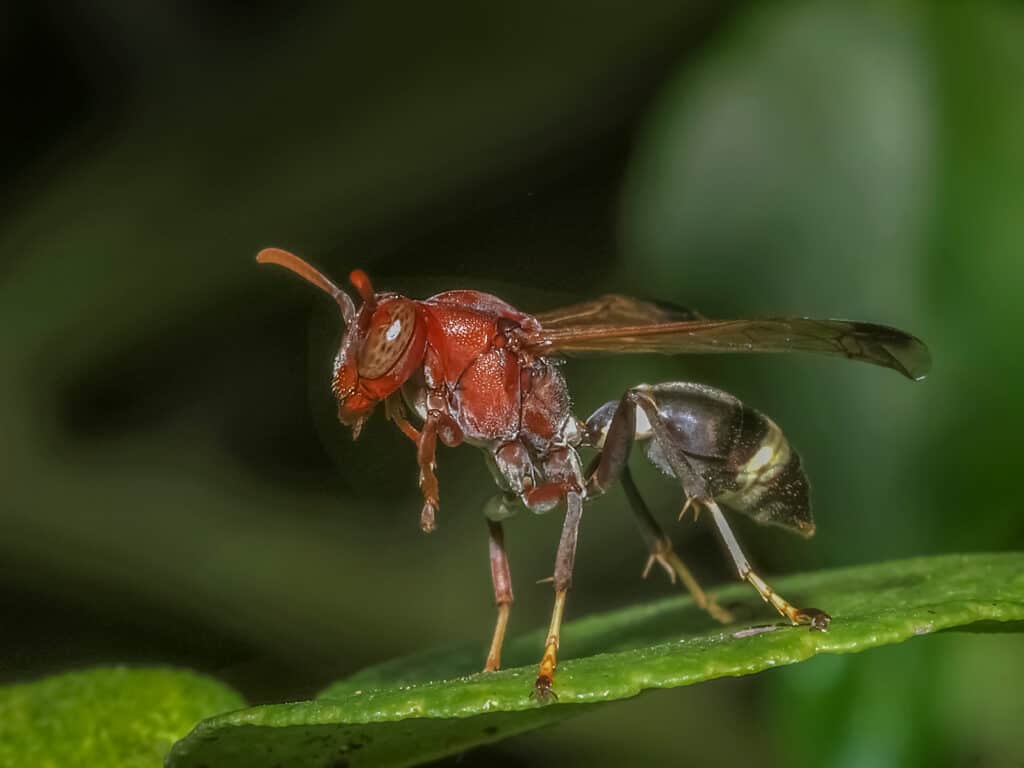
Red wasp stingers don’t come off, so they can sting several times.
©Yuttana Joe/Shutterstock.com
Texas is a large state with abundant wildlife, so its not surprising it would have its fair share of venomous and dangerous creatures. The most dangerous animals in Texas include:
- Snakes: Texas is home to several venomous snakes that include cottonmouths, copperheads, numerous rattlesnakes, coral snakes, and black snakes. It is also home to some kingsnakes. Read about the poisonous snakes in Texas here. You can also learn about when snakes come out here.
- Cattle: Yes, believe it or not, cattle lead to far more deadly incidents than most other animals. They can trample people and other animals, or gore them with a horn., Getting in the way of an animal with their size and weight can be dangerous. They can also get loose onto a roadway and cause a traffic accident.
- Alligators: The last fatal alligator attack happened in Texas in 2008. Attacks are rare, but the alligator is vicious, so it is always a danger.
- Sharks: Texas has the longest barrier island in the world, and sharks are present in its waters. Great water sharks have recently been recorded outside Texas’ shores and bull sharks are also present.
- Feral hogs: Feral hogs have caused very few fatalities, but they are sizeable animals, so there can be mauling. Since they are carriers of diseases that can be passed on to humans such as tuberculosis, hepatitis E and influenza A, any wound could lead to serious consequences.
- Spiders: There are two species of venomous spiders in Texas; the black widow and the brown recluse. To read about spiders in Texas check out 10 Spiders in Texas, 27 common spiders in Texas, garden spiders in Texas, or the largest spider in Texas.
- Red wasps: Typically, red wasps won’t attack or sting humans unless provoked. However, they are protective of their nests and may try to chase people and pets away if they get too close. Unlike bees, their stingers don’t come off, so they can sting multiple times. Wasps stings are painful, but start to fade within 24 hours.
Are There Any Animals That Are Only Found in Texas?
Texas has some strange animals that you’ll only find here:
- Black-tailed jack rabbit (Lepus californicus).
- Texas horned lizard.
- Lightning whelk.
- Black-tailed prairie dog.
Mountains in Texas
Texas has more than 2,000 hills, peaks, and mountains. Most of its largest mountains can be found in West Texas in the Davis, Guadalupe, and Franklin Mountains can be found. The highest point in Texas is Guadalupe Peak, which rises to 8,751 feet above sea level.
In the mountains of Texas, you can find animals like black bears, mountain lions, porcupines, mule deer, barn owls, bobcats, elk, and more! For a complete look at some of the most incredible mountains in Texas, make sure to read ‘10 Breathtaking Mountains and Hikes in Texas.‘
Rivers in Texas
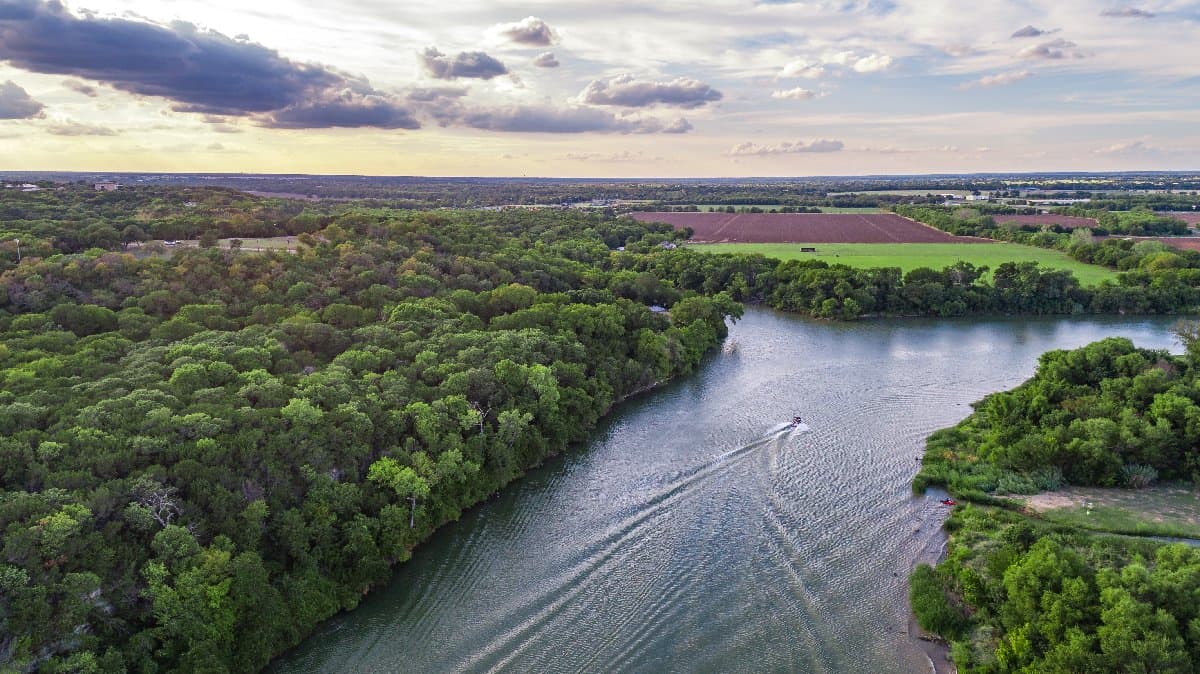
The Brazos river’s name is Spanish for “the arms of God”
©davisdeatonphotography/Shutterstock.com
Texas is home to a number of rivers that flow across the state and often into the Gulf of Mexico. The largest rivers in Texas include the Red River, which is 1,360 miles in length and is heavy in salt. Another major river is the Brazos River, which stretches 1,280 miles from its headwaters in New Mexico. There are a number of snakes that can be found in the Brazos River.
The largest river in Texas is the Rio Grande which stretches 1,896 miles to the Gulf of Mexico. The rivers in Mexico support a number of unique species, such as the Brazos water snake.
Check out the best spots for fly fishing in Texas.
Big on Nature
Texas is a big state with an abundance of animals. All the most common animals you find in most states live here, and so do some of the rarest species in the world. From the common to the strange, there is tremendous diversity here. National parks, animal sanctuaries, and wildlife tours are the best ways to see these weird and wonderful critters.
Native Plants in Texas
The ecosystem of Texas is diverse ranging from dry deserts to wetland environments. The eastern part of Texas offers forest and wetlands and you will find prairie grasslands in the northern and central regions. The landscape diversity in Texas creates a wide variety of native plants from cacti to wildflowers to swamp ferns. Explore this list of native plants in Texas.
Plants in Texas
- how to care for azaleas in Texas.
- Texas fruits by season.
- invading plants in Texas.
- Native trees in Texas.
Discover the Coldest Place in Texas
The coldest place in Texas is the small city of Tulia located in the Panhandle between Amarillo and Lubbock. Tulia winters have an average high of 52ºF and an average low temperature of 27ºF and on February 12, 1899, reached a low temperature record of -23ºF.
The Flag of Texas

The Texas flag, the “Lone Star: flag, has a single white star on a vertical blue stripe and two horizontal stripes of white over red.
©iStock.com/leekris
The flag of Texas consists of a perpendicular blue square one-third the length of the flag with a five-point white star at the center of the blue field. On the remaining two-thirds of space are two broad horizontal stripes of white and red.
The Texan flag’s prominent white star inspired its nickname, The Lone Star Flag or The Lone Star State. The Lone Star, which predates the independence of Texas, symbolizes Texan solidarity for independence against Mexico.
Beetles in Texas
In Texas, there is a fairly sizeable family of black beetles. The most notable black beetles are black blister, short-winged blister, black turpentine, and the eastern-eyed click beetles. Texas is also home to tons of other unique-looking beetles.
More Articles Related to Texas
Read about:
- extinct animals that lived in Texas.
- exotic animals in Texas.
- the best national parks in Texas.
- the prettiest state parks in Texas.
- state parks near Dallas.
- the largest ranches in Texas.
- stunning waterfalls in Texas.
- ticks, mosquitos, turtles, badgers, and coyotes in Texas.
- the natural lakes in Texas.
- the most alligator-infested lakes in Texas.
- the longest biking trail in Texas.
- the best dog parks in Austin, Fort Worth, Plano, Houston, San Antonio, Dallas, Arlington, Laredo, Lubbock, and Corpus Christi, Texas.
- the best dog parks in and around Irving, Texas.
- the best dog parks in and around Frisco, Texas.
- the best dog parks in and around Garland, Texas.
- the best fishing spots in Texas.
- the best fish to catch in Texas in the summer.
- lemon trees grow in Texas
- endangered animals found in Texas.
- Discover the Official State Flower of Texas
Texan Animals
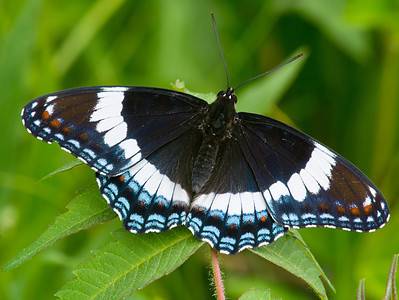
Admiral Butterfly
Stunningly beautiful wings
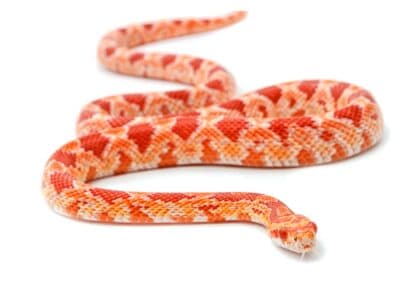
Albino (Amelanistic) Corn Snake
Albino corn snakes make great beginner snakes.
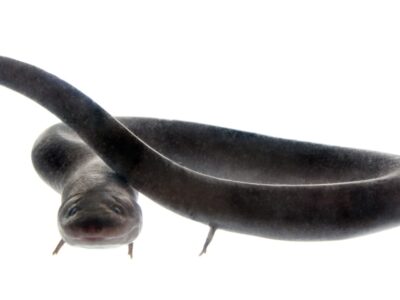
American Eel
Don't eat raw eel! Their blood is poisonous to humans when consumed raw.

Armyworm
They are so named because they "march" in armies of worms from one crop to another in search of food

Bagworm Moth Caterpillar
They continually enlarge their protective cases
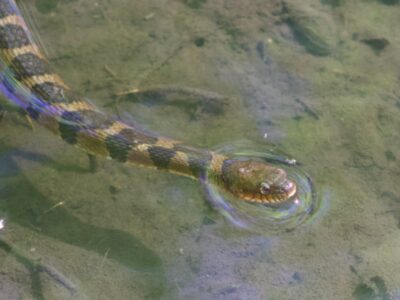
Banded Water Snake
Some water snakes defend themselves violently.

Beewolf wasp
They hunt bees
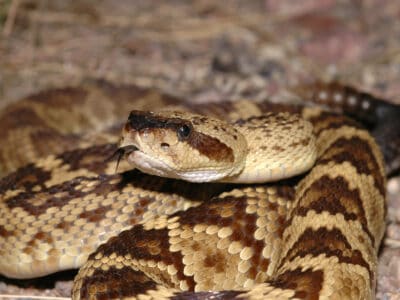
Black-Tailed Rattlesnake
One of the most beautiful rattlesnakes, they have solid black tails.
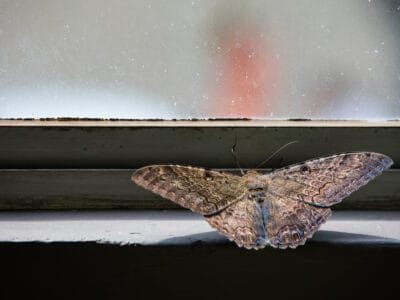
Black Witch Moth
Some folklore associate Black Witch Moths with bad luck (and even death!), while other associates them with good fortune.
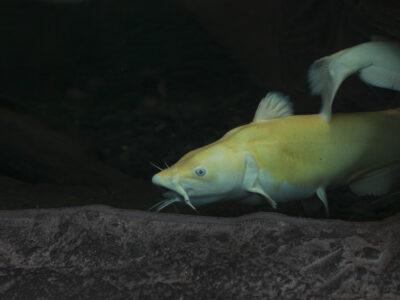
Blue Catfish
It's a strong fighter when caught on a fishing line
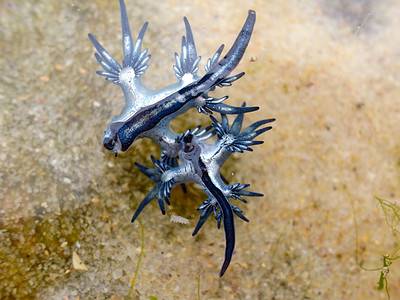
Blue Dragon Sea Slug
They inflict a painful, venomous sting
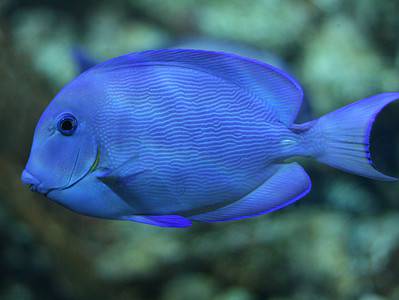
Blue Tang
One of the most colorful members of the genus Acanthurus

Box Jellyfish
Venomous marine animals

Burrowing Owl
The burrowing owl lives in underground burrows

Cactus Moth
Cactus moths can cause serious damage to cacti in locations where they have no predators.

Cactus Mouse
In hot temperatures, they lower their metabolism and become inactive to reduce the amount of water they need to survive
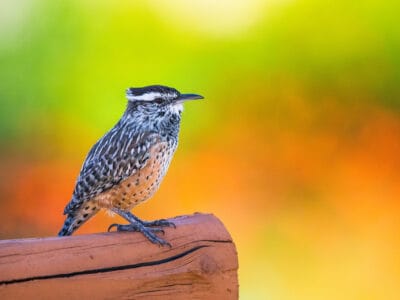
Cactus Wren
It is the largest wren in the United States

California Tarantula
They can go for months without eating!
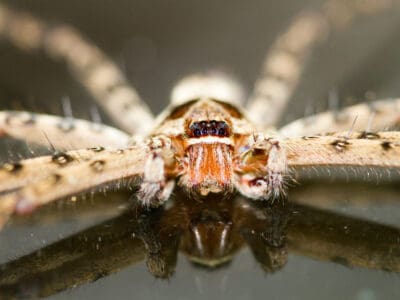
Cane Spider
Cane spiders don't spin webs to catch prey
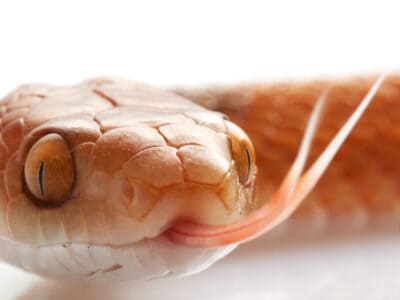
Cat-Eyed Snake
Evidence indicates that females can delay fertilization and store sperm for later years to produce eggs even in the absence of contact with a male!

Checkered Garter Snake
It has the ability to expel a stinky liquid from its body as a way to make predators (and humans) retreat!
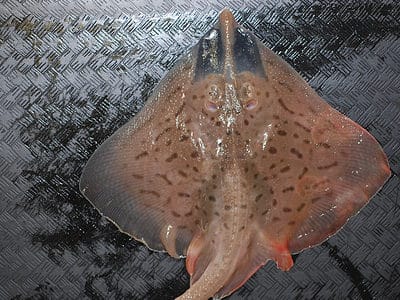
Clearnose Skate
The skate with translucent nose patches
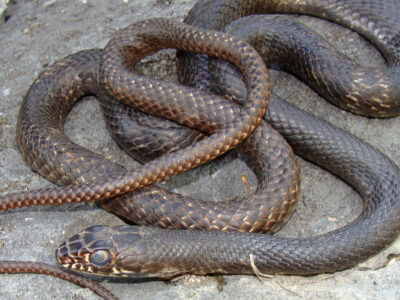
Coachwhip Snake
Coachwhip snakes pose little danger to people
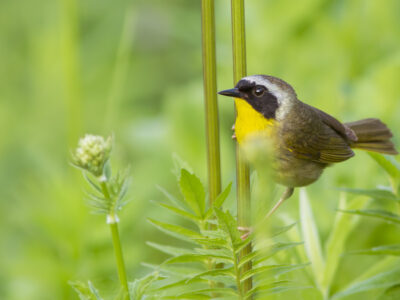
Common Yellowthroat
The Common Yellowthroat stays close to the ground and uses stealth to survive!
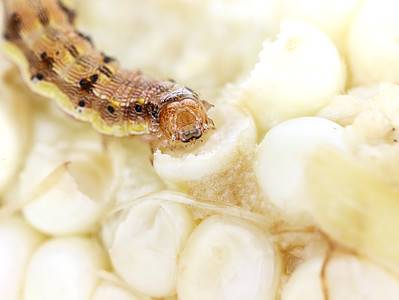
Corn Earworm
The corn earworm is capable of devouring an entire crop in just a few days
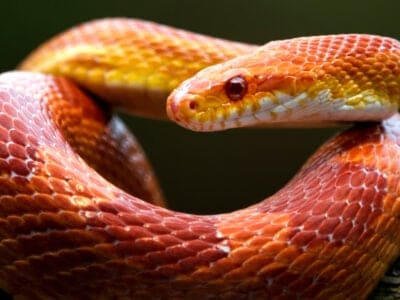
Corn Snake
Corn snakes are partly arboreal and are excellent climbers.

Crocodylomorph
Crocodylomorphs include extinct ancient species as well as 26 living species today.
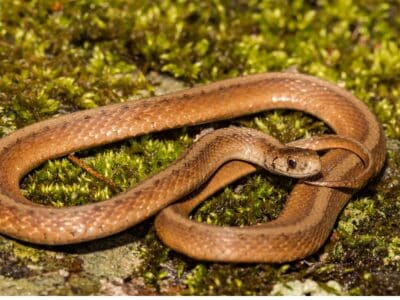
De Kay’s Brown Snake
They have specialized jaws for removing snails from shells.
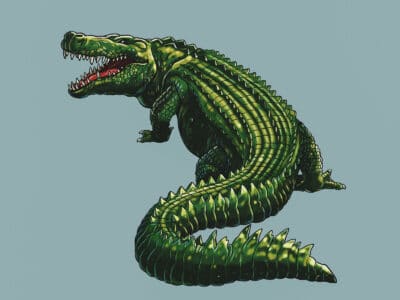
Deinosuchus
Deinosuchus was probably the biggest crocodilian that ever lived
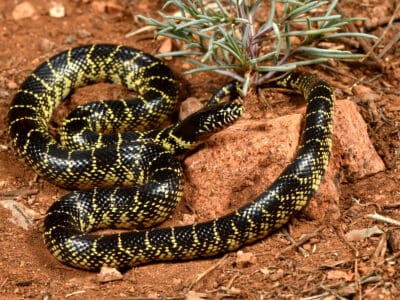
Desert Kingsnake
The desert kingsnake rolls over and plays dead when it feels threatened.
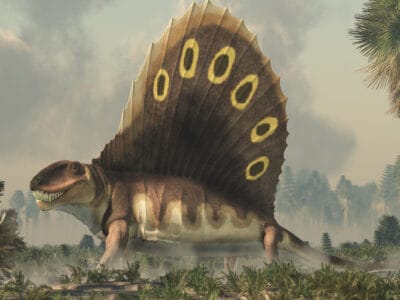
Dimetrodon
Dimetrodon was among the largest predators of the Early Permian Period.
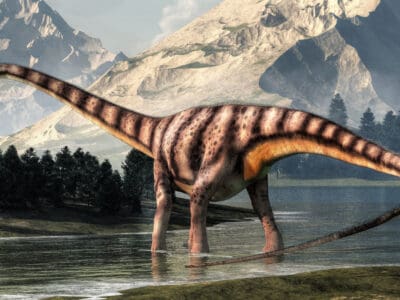
Diplodocus
Their long tales could have been used as a whip!
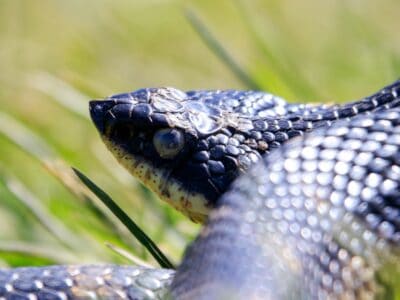
Eastern Hognose Snake
Eastern hognose snakes are venomous, but only to frogs and toads.
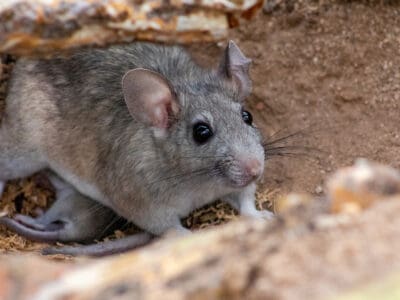
Eastern Woodrat
The eastern woodrat mating ritual involves a potentially deadly fight between the male and female before reproduction begins!
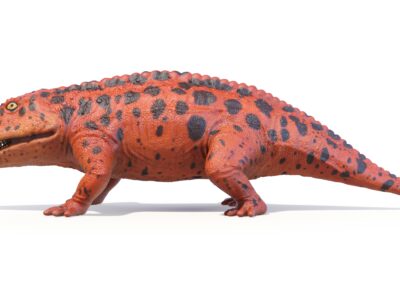
Eryops
Unlike modern amphibians, Eryops had a well-developed rib cage

Flea
Adult fleas can jump up to 7 inches in the air
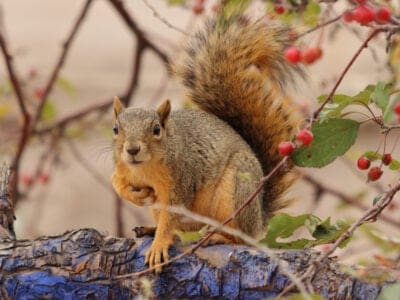
Fox Squirrel
Although it is a tree squirrel, it spends most of its time on the ground.
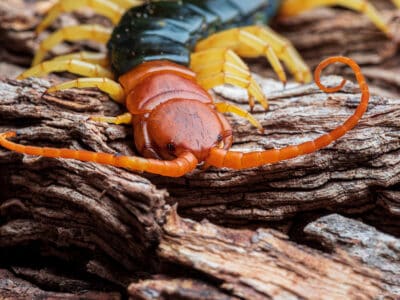
Giant Desert Centipede
They are the largest centipede in North America
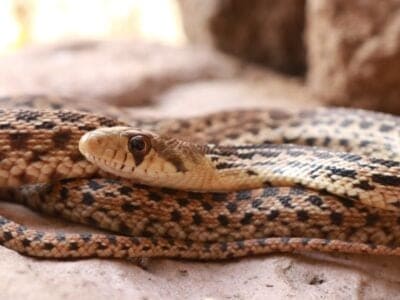
Gopher Snake
Gopher snakes can reach up to 9 feet long.
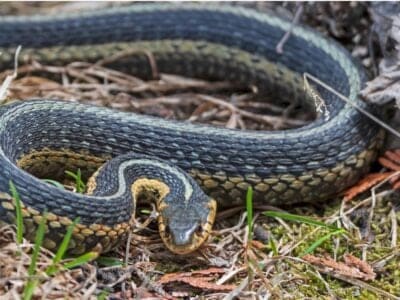
Grass Snake
Use acute hearing to hunt
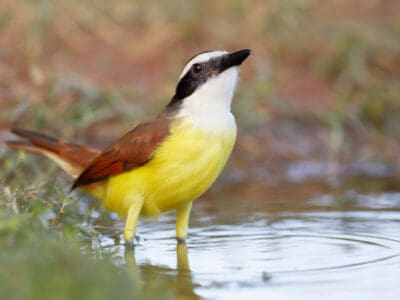
Great Kiskadee
The great kiskadee is a highly adaptable predator that can live in almost any habitat within its range and can hunt in the air, on the ground and in the water.

Green Snake
There are two types of green snakes: smooth green snakes and rough green snakes
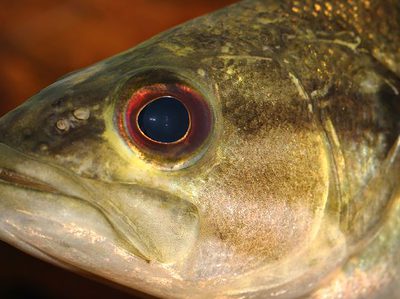
Guadalupe Bass
Freshwater fish native to Texas
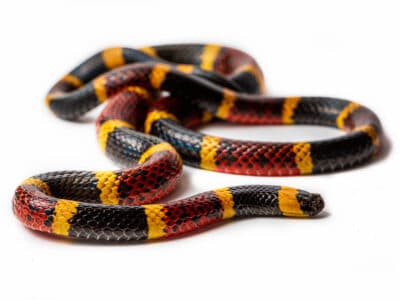
Harlequin Coral Snake
Red touches yellow kills a fellow, red touches black a friend of Jack.
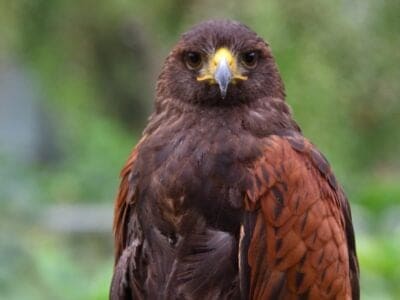
Harris’s Hawk
Their vision is eight times better than a human's
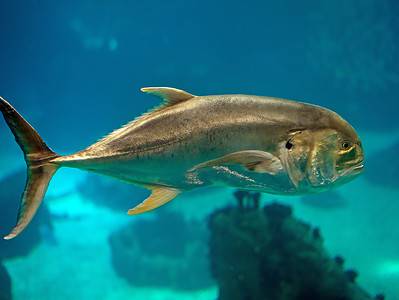
Jack Crevalle
One of the biggest species in the Caranx genus
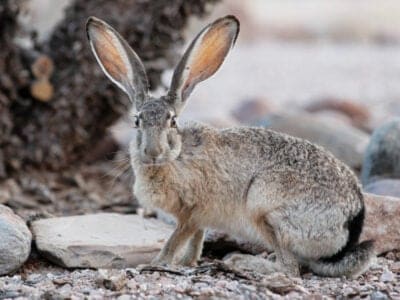
Jackrabbit
They can run as fast as 45 mph.
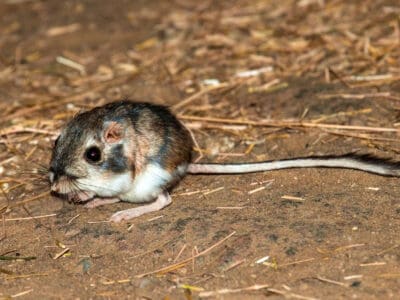
Kangaroo Mouse
The Kangaroo Mouse is a tiny mouse that stands and hops around on its hind legs, much like a kangaroo.
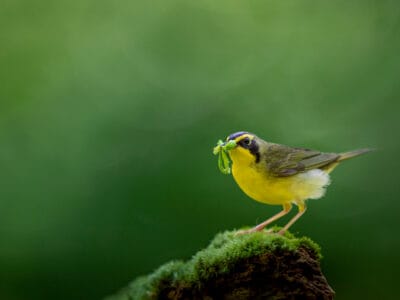
Kentucky Warbler
The Kentucky Warbler appears to wear bright yellow cat-eye glasses!

King Snake
King Snakes eat other types of snakes.
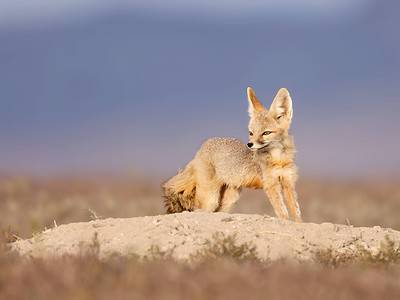
Kit Fox
The kit fox is the smallest canid in North America.
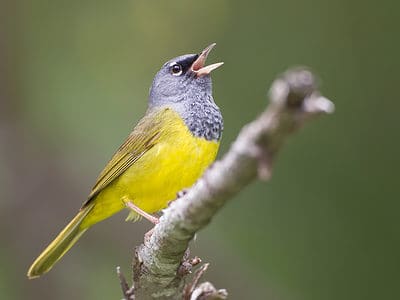
MacGillivray’s Warbler
The complicated story of how MacGillivray’s Warblers got their name involves three ornithologists, a physician and a compromise.
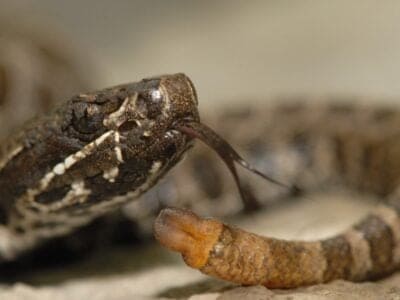
Massasauga
The name “Massasauga” comes from the Chippewa language, meaning “Great River Mouth”.

Mealybug
They have a symbiotic relationship with ants.
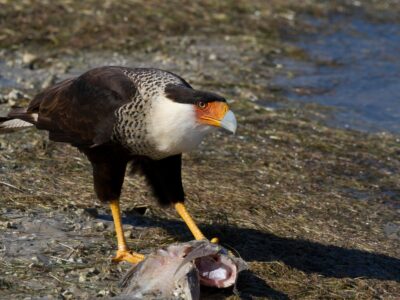
Mexican Eagle (Northern crested caracara)
The northern crested caracara mates for life with its partner

Mockingbird
Mockingbirds are incredible mimics that can learn hundreds of songs!
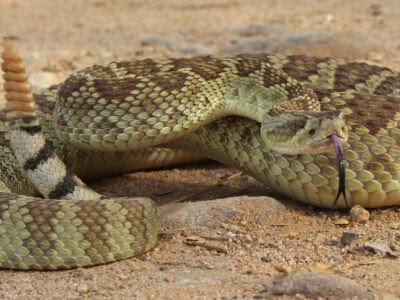
Mojave Rattlesnake
"The Mojave rattlesnake is the most venomous rattlesnake in the world."
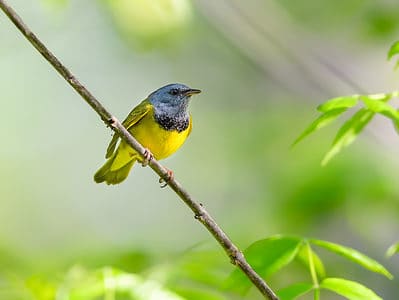
Mourning Warbler
The Mourning Warbler was named for its gray head, which resembles a mourning veil!

Nematode
Nematodes range in size from 1/10 of an inch to 28 feet long
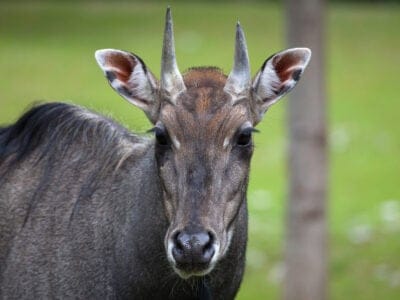
Nilgai
Nilgai were hunted for their meat as far back as 8,000 years ago.

Orb Weaver
Females are about four times the size of males

Ornate Black-Tailed Rattlesnake
Ornate black-tailed rattlesnake mothers stay with their newborn babies for up to a month.

Owl
The owl can rotate its head some 270 degrees
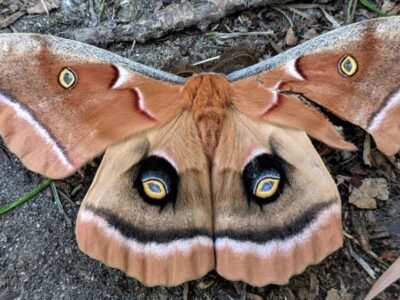
Polyphemus Moth
The Polyphemus moth doesn’t and can't eat, except when it's a caterpillar!
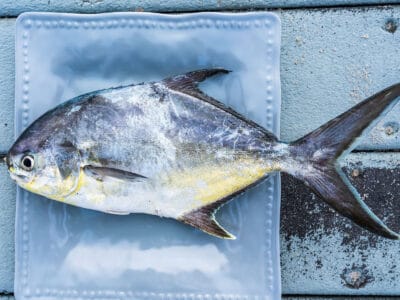
Pompano Fish
They are bottom-feeders
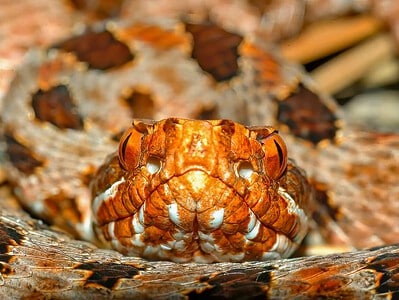
Pygmy Rattlesnake
Pygmy rattlesnakes’ rattle is so small it can only be heard from about three feet away.
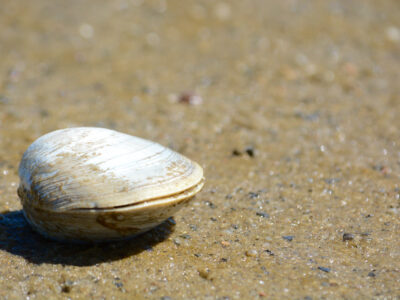
Quahog Clam
Their hinged shell protects their soft body
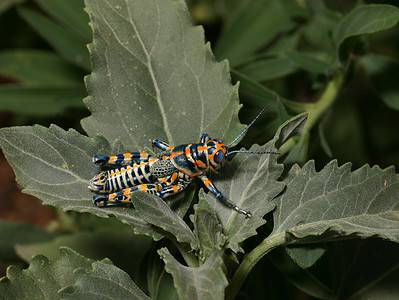
Rainbow Grasshopper (Dactylotum bicolor)
They have strikingly bright colors
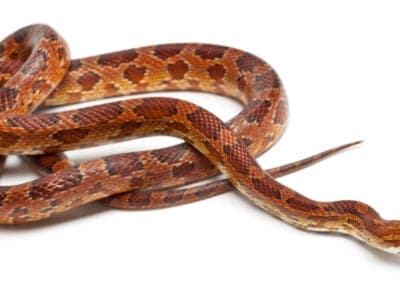
Rat Snakes
Rat snakes are constrictors from the Colubridae family of snakes.
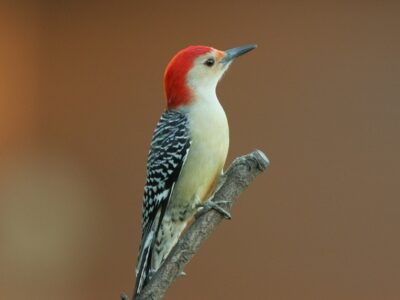
Red-Bellied Woodpecker
Red-Bellied Woodpeckers will often steal the nests of other birds.
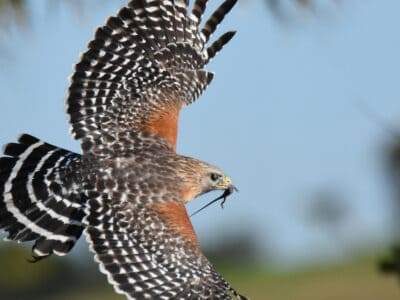
Red-Shouldered Hawk
Red-Shouldered Hawks reuse the same nesting area each year.
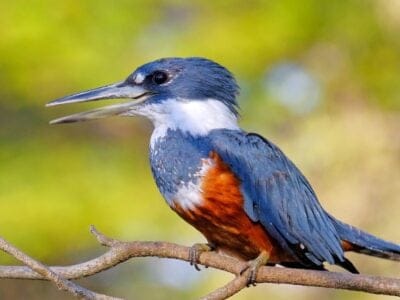
Ringed Kingfisher
Dives from perches to capture its prey!

Rooster
Will mate with the entire flock!

Rough Earth Snake
It has a pointed snout that is uses to burrow into moist soil.
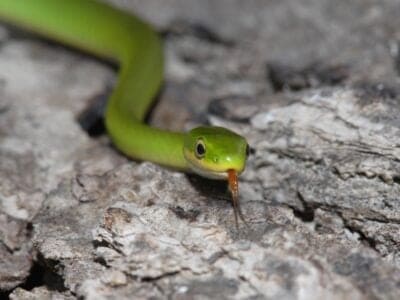
Rough Green Snake
Rough green snakes are great pet snakes because they're low-maintenance.

Seagull
Some gulls are capable of using tools
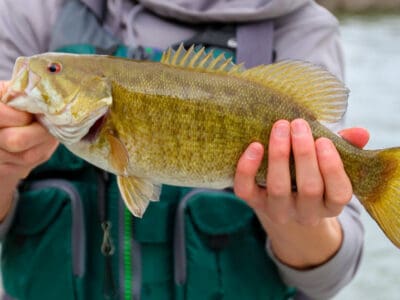
Smallmouth Bass
A fierce fighter!

Smokybrown Cockroach
Has up to 45 eggs per egg case
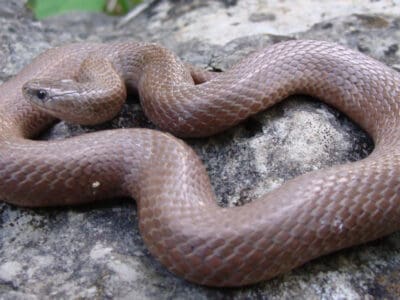
Smooth Earth Snake
Valeria Biddle Blaney (1828-1900) collected the first specimen in Maryland.
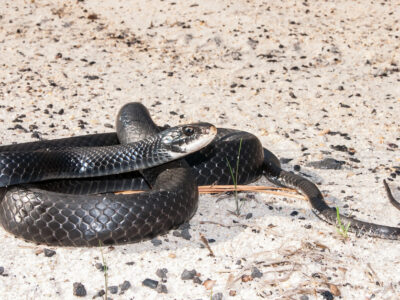
Southern Black Racer
These snakes live underground, beneath piles of leaf litter or in thickets, and they are expert swimmers.
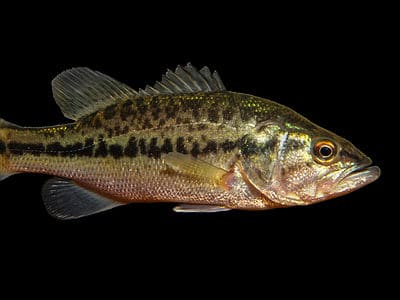
Spotted Bass
Spotted bass tend to congregate in schools unlike other types of bass fish.
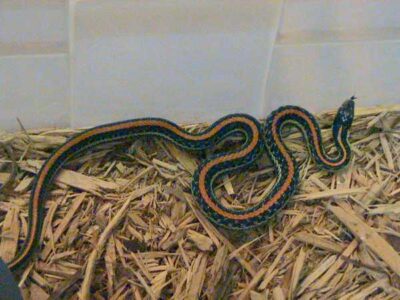
Texas Garter Snake
These snakes defensively emit a foul-smelling musk if you handle them!
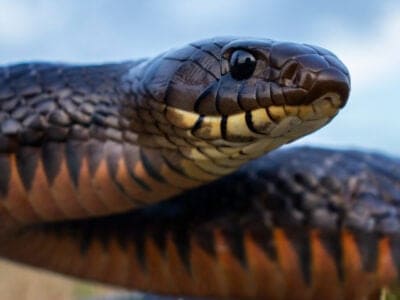
Texas Indigo Snake
Texas Indigo Snakes are known for chasing down, overpowering, and eating rattlesnakes.
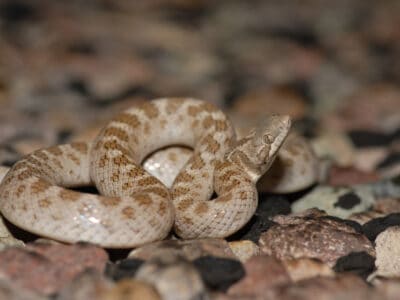
Texas Night Snake
The Texas night snake has vertical pupils to help it see better at night.
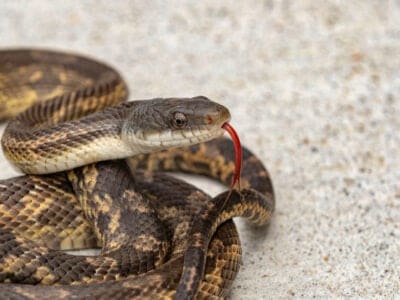
Texas Rat Snake
The Texas rat snake is one of the most common subspecies of the western rat snake in the wild.
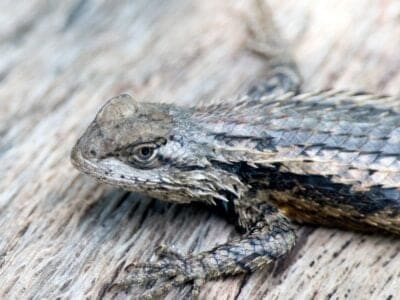
Texas Spiny Lizard
They hold push-up competitions!
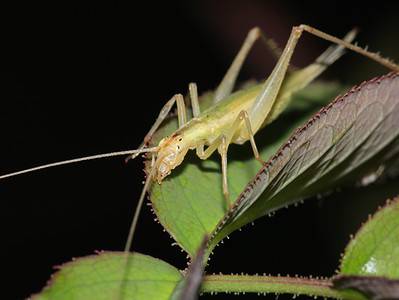
Tree Cricket
They make music with their wings
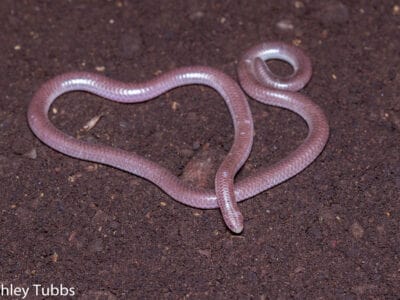
Western Blind Snake
Western blind snakes are flourescent in black light!
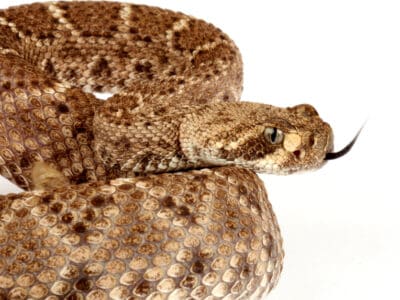
Western Diamondback Rattlesnake
They replace their fangs 2-4 times per year!
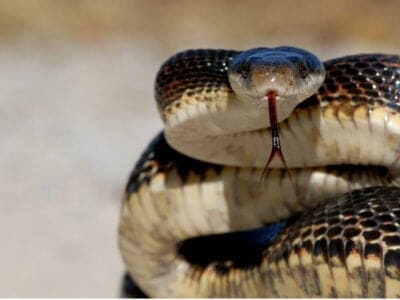
Western Rat Snake
Western rat snakes have special scales on their belly that help them climb up trees.
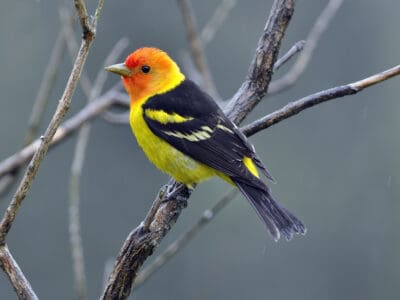
Western Tanager
They migrate farther north than any other tanager.
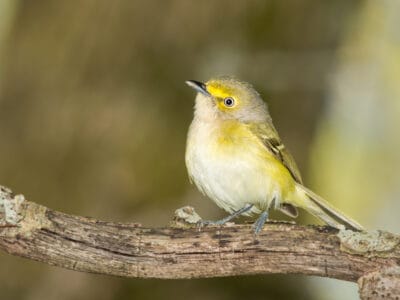
White-Eyed Vireo
During courtship, males put on exciting displays by fluffing their plumage, spreading their tails, and letting out a whining call.
Texan Animals List
- Admiral Butterfly
- Agkistrodon Contortrix
- Albino (Amelanistic) Corn Snake
- American Eel
- Armored Catfish
- Armyworm
- Bagworm Moth Caterpillar
- Banded Water Snake
- Beewolf wasp
- Black-Tailed Rattlesnake
- Black Witch Moth
- Blue Catfish
- Blue Dragon Sea Slug
- Blue Tang
- Box Jellyfish
- Burrowing Owl
- Cactus Moth
- Cactus Mouse
- Cactus Wren
- California Tarantula
- Cane Spider
- Cat-Eyed Snake
- Checkered Garter Snake
- Clearnose Skate
- Coachwhip Snake
- Common Yellowthroat
- Corn Earworm
- Corn Snake
- Crocodylomorph
- De Kay’s Brown Snake
- Deinosuchus
- Desert Kingsnake
- Dimetrodon
- Diplodocus
- Dire Wolf
- Eastern Hognose Snake
- Eastern Woodrat
- Eryops
- Flea
- Fox Squirrel
- Giant Desert Centipede
- Gopher Snake
- Grass Snake
- Great Kiskadee
- Green Snake
- Guadalupe Bass
- Harlequin Coral Snake
- Harris’s Hawk
- Jack Crevalle
- Jackrabbit
- Kangaroo Mouse
- Kentucky Warbler
- King Snake
- Kit Fox
- MacGillivray’s Warbler
- Massasauga
- Mealybug
- Mexican Eagle (Northern crested caracara)
- Milk Snake
- Moccasin Snake
- Mockingbird
- Mojave Rattlesnake
- Mourning Warbler
- Nematode
- Nilgai
- Orb Weaver
- Ornate Black-Tailed Rattlesnake
- Owl
- Polyphemus Moth
- Pompano Fish
- Pygmy Rattlesnake
- Quahog Clam
- Rainbow Grasshopper (Dactylotum bicolor)
- Rat Snakes
- Red-Bellied Woodpecker
- Red-Shouldered Hawk
- Ringed Kingfisher
- Rooster
- Rough Earth Snake
- Rough Green Snake
- Sandhill Crane
- Seagull
- Smallmouth Bass
- Smokybrown Cockroach
- Smooth Earth Snake
- Southeastern Blueberry Bee
- Southern Black Racer
- Spotted Bass
- Swallowtail Butterfly
- Texas Garter Snake
- Texas Indigo Snake
- Texas Night Snake
- Texas Rat Snake
- Texas Spiny Lizard
- Tree Cricket
- Western Blind Snake
- Western Diamondback Rattlesnake
- Western Rat Snake
- Western Tanager
- White-Eyed Vireo
Animals in Texas FAQs (Frequently Asked Questions)
What waterfalls are in Texas?
Despite its large size, Texas isn’t home to a huge number of waterfalls. Some more notable waterfalls to visit include Gorman Falls, the Hamilton Pool Waterfall near Austin, and McKinney Falls.
What Kind of Animals Live in Texas?
Many people think of dry scrub desert when they think of Texas, but the state has a varied terrain with many different ecosystems.
You can find common forest mammals like bears, rodents and badgers in the woods. The scrublands are home to strange lizards, and the coastlines teem with sea turtles, whales, sharks and sport fish. Armadillos, bats and longhorn cattle are all weird but iconic Texan animals. Most animals that live in other states also live in Texas.
What Wild Animals Can You Find in Texas?
You can find almost any type of animal you’re looking for. The list includes animals that are hard to see in other states, including alligators, sea turtles and dolphins. It has some weird animals like the ghost-faced bat and the Texas horned lizard.
Texas is known for its big ranches. In fact, it has more cattle than any other state.
One of the rarest animals in Texas is the ringtail. Ringtails are about the size of a cat and have long, raccoon-like tails. These nocturnal animals are excellent at catching mice, and they were called “miner’s cats” because many miners adopted them as pets. The ringtails helped clear the mines of rats, and the miners kept the ringtails safe. Today, it is illegal to keep a wild ringtail as a pet.
Are There Any Animals That Are Only Found in Texas?
Texas has some strange animals that you’ll only find here:
- Black-tailed jack rabbit (Lepus californicus).
- Texas horned lizard.
- Lightning whelk.
- Black-tailed prairie dog.
What aquariums are in Texas?
Texas is home to 16 different aquariums. Some of the best include the Texas State Aquarium in Corpus Christi, which is the 9th largest aquarium in the United States by tank size. In addition, entertainment options like Sea World San Antonio can be good spots to visit.
What camping options are near Austin?
The best camping near Austin includes McKinney State Park, which is just 13 miles from downtown and has 81 campsites. Other options include Pedernales Falls State Park (30 miles from downtown), Lockhart State Park (37 miles), and Inks Lake State Park (68 miles).
What camping is near San Antonio?
The best camping near San Antonio includes Guadalupe River State Park, Garner State Park, and Palmetto State Park.
What are the largest sharks in Texas?
The Texas Parks and Wildlife Department keeps records of the largest sharks caught off the state’s coasts. The three largest sharks caught have been a large shortfin mako, great hammerhead, and tiger shark. The largest shark ever caught off Texas was a tiger shark that weighed in at 1,129 pounds.



